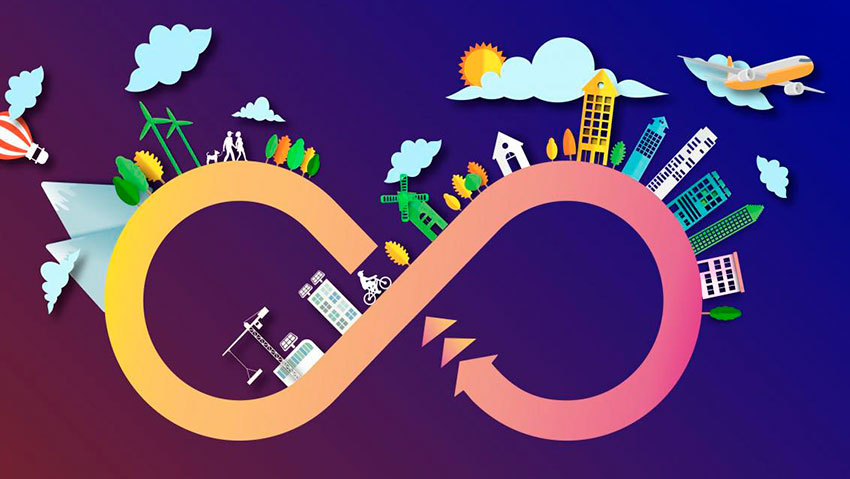
A circular economy is an economic system of closed loops in which raw materials, components
and products lose their value as little as possible, renewable energy sources are used and systems
thinking is at the core. In this article we will explain this definition in more detail.
It is based on three principles:
– Design out waste and pollution
– Keep products and materials in use
– Regenerate natural systems
Waste prevention, eco-design, waste reuse and similar measures could save EU companies
money. Currently, the production of the materials we use every day accounts for 45 percent. CO2
emissions.
The transition to a circular economy can be beneficial because:
– mitigate the impact on the environment;
– increase security of supply of raw materials;
– increase competitiveness;
– stimulate innovation and job creation (could create around 580,000 jobs in the EU).
Transitioning to a circular economy does not only amount to adjustments aimed at reducing the
negative impacts of the linear economy. Rather, it represents a systemic shift that builds long-
term resilience, generates business and economic opportunities, and provides environmental and
societal benefits.

